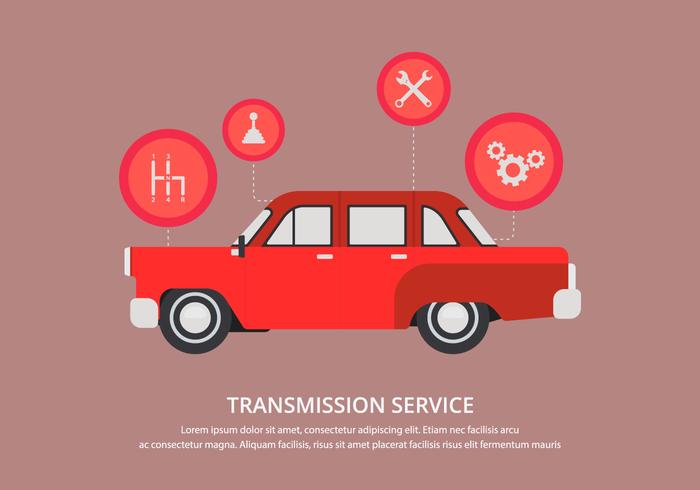Intrigued In Comprehending The Caution Lights On Your Car'S Control Panel? Discover Their Relevance For Your Lorry'S Safety And Total Condition
Intrigued In Comprehending The Caution Lights On Your Car'S Control Panel? Discover Their Relevance For Your Lorry'S Safety And Total Condition
Blog Article
washing cars By-Higgins Torres
When you lag the wheel, those glowing caution lights on your dashboard can be a bit complicated. Do you understand what they're attempting to tell you regarding your auto's health and wellness? Understanding the significance of these lights is crucial for your safety and security and the longevity of your vehicle. So, the next time one of those lights appears, would not you want to decode its message accurately and take the needed actions to resolve it?
Common Warning Lights and Interpretations
Determine typical warning lights in your car and comprehend their significances to ensure secure driving.
The most common caution lights consist of the check engine light, which signifies issues with the engine or emissions system. If this light comes on, it's crucial to have your car examined immediately.
The oil stress advising light indicates reduced oil pressure, requiring prompt attention to avoid engine damages.
A blinking battery light may recommend a malfunctioning billing system, possibly leaving you stranded otherwise attended to.
The tire stress monitoring system (TPMS) light alerts you to low tire pressure, impacting automobile security and gas efficiency. Disregarding this can cause dangerous driving conditions.
The abdominal muscle light suggests a problem with the anti-lock stopping system, jeopardizing your capability to quit quickly in emergency situations.
Lastly, the coolant temperature level cautioning light warns of engine getting too hot, which can cause serious damage if not resolved swiftly.
Comprehending these common warning lights will certainly aid you deal with problems quickly and keep risk-free driving conditions.
Value of Prompt Interest
Recognizing the typical caution lights in your cars and truck is just the initial step; the significance of without delay resolving these warnings can not be stressed sufficient to guarantee your security when traveling.
When a caution light illuminates on your control panel, it's your vehicle's method of interacting a possible problem that requires attention. Ignoring these cautions can bring about much more serious troubles later on, endangering your security and possibly costing you a lot more in repairs.
Trigger interest to warning lights can protect against break downs and accidents. For example, a blinking check engine light might show a misfire that, if left neglected, might trigger damages to the catalytic converter. Resolving this immediately can save you from an expensive repair.
In a similar way, a brake system alerting light may indicate reduced brake liquid or worn brake pads, important components for your security when driving.
Do It Yourself Troubleshooting Tips
If you observe a warning light on your control panel, there are a few do it yourself troubleshooting ideas you can attempt before seeking professional assistance.
The initial step is to consult your car's guidebook to comprehend what the specific warning light shows. Often the issue can be as basic as a loosened gas cap causing the check engine light. Tightening up the gas cap may fix the trouble.
An additional typical concern is a low battery, which can activate different warning lights. Checking home car detailing service for deterioration and guaranteeing they're protected might take care of the issue.
If a caution light continues, you can attempt resetting it by detaching the cars and truck's battery for a few minutes and afterwards reconnecting it. Furthermore, checking your automobile's liquid degrees, such as oil, coolant, and brake liquid, can assist repair warning lights related to these systems.
rv car wash near me
To conclude, recognizing your vehicle's caution lights is crucial for maintaining your vehicle running smoothly and securely. By promptly resolving these signals and understanding what they indicate, you can avoid costly repair work and potential breakdowns.
Remember to consult your auto's manual for specific details on each cautioning light and take action appropriately to make sure a trouble-free driving experience.
Stay notified, remain safe when driving!
